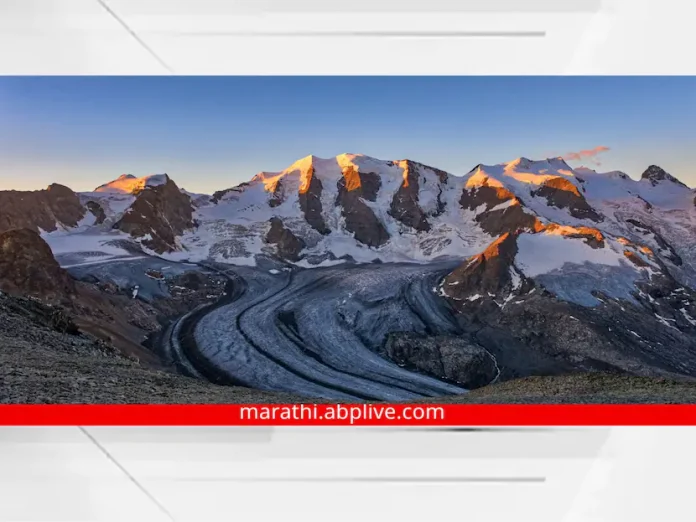Switzerland Glacier: This has once again been confirmed how fast global climate change is happening. Switzerland started monitoring their glaciers 100 years ago (glacier) Worst melting rate ever recorded. Six percent of their remaining volume has melted this year, or nearly double the previous 2003 record. Swiss Glacier Monitoring Network (glamos) Information in this regard is given.
A group coordinated by the Cryospheric Commission said in its report today that 2022 was a catastrophic year for Swiss glaciers, with severe ice loss in winter and persistent heat waves in summer destroying all records of ice melting. Since the sweltering summer of 2003, the melting rate has been higher than the previous record. About 3 cubic kilometers of glaciers in 2022 (0.72 cubic miles) As the ice is lost, the remaining glaciers become more than 6 percent of this size.
Glamos head Matthias Huss told Reuters news agency that, based on climate change projections, this scenario is predicted sometime in the future, but the future is just beginning to emerge. He said that it was probably the most amazing or shocking experience of this summer.
The ice melt was the most “dramatic” for the smaller glaciers, the report said. The commission noted that the Pizzol, Vadret dal Korvats and Schwarzbachfern glaciers have practically disappeared, the measurement has been stopped.
How will rapid snowfall affect Switzerland? Talking about this, Haas said that it will have a big impact on the flow of water. He said glaciers are releasing more water during this summer’s drought because they are melting so hard in the summer. He said this function would be lost in the future when glaciers are much smaller.
rising temperature
More than half of the glaciers in the Alps are in Switzerland. Where the temperature is rising twice the global average. If greenhouse gas emissions continue to rise, glaciers in the Alps are expected to lose more than 80 percent of their current mass by 2100.













